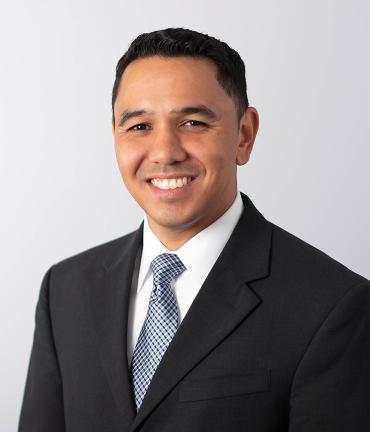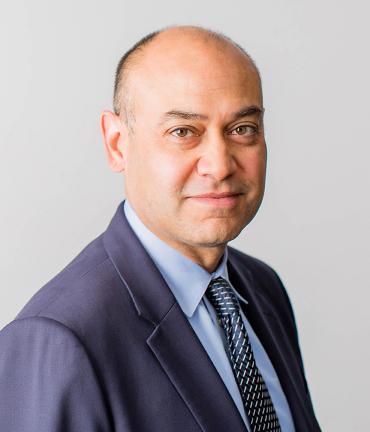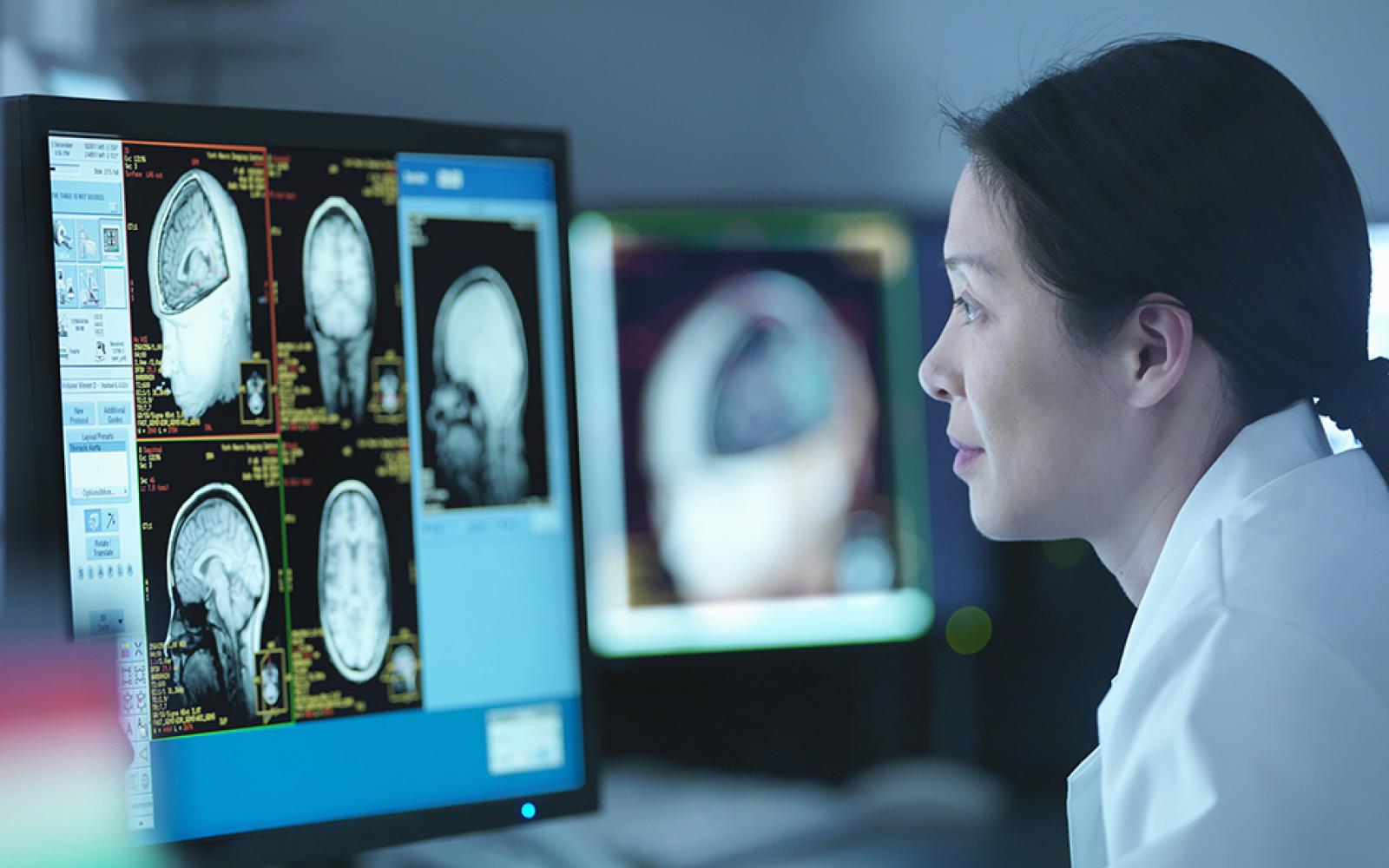
Brainstem Glioma
Brainstem glioma generally refers to all gliomas that are located in the brainstem.
Typically these tumors are astrocytomas, and can be grades I-IV. Because of their location in the brainstem (which controls many critical functions like breathing, swallowing, and heart rate), treatment for these tumors require certain considerations.
Astrocytomas that develop in different regions of the brainstem behave very differently from each other. Gliomas that occur in the midbrain and medulla (the top and bottom segments of the brainstem, respectively) are usually low grade (grade I). However, those that arise in the pons (the mid-portion of the brainstem) are usually grade IV tumors and typically grow much faster and progress more rapidly. The reason for the very rapid growth of these tumors in this particular area of the brain is still unknown.
In general, an MRI scan can identify the specific area in the brainstem that the tumor arises from and often is all that is needed to diagnose a brainstem glioma. Although historically, many brainstem gliomas were not biopsied, at UCSF we have routinely performed biopsies of brainstem tumors in order to obtain more information about the tumor. The tissue that is obtained will confirm the diagnosis, and allow analysis of the tumor tissue for specific features (like certain genetic mutations) that may inform decisions about treatment options.
Because brainstem glioma grow quickly, symptoms can develop rapidly, over the course of days or weeks. These tumors can impact normal brainstem function, leading to common symptoms that include the following:
- Abnormalities in eye movement
- Weakness of one side of the face
- Numbness or weakness of the extremities
- Difficulty with balance
- Headaches
- Nausea
Brainstem gliomas usually occur in children, but can occasionally be found in adults. Brainstem tumors account for 11% of primary brain tumors in children and adolescents.1
For most patients, the cause of brainstem glioma is unknown. However, there are a few rare, genetic conditions that may increase a patient’s chance of developing brainstem glioma. For example, patients with neurofibromatosis type 1 (NF1) may be more likely to develop brainstem gliomas, among other tumors.2
Brainstem glioma refer to all subtypes of astrocytomas that occur in the brainstem. Some brainstem gliomas can be classified based on certain growth characteristics:
- Focal brainstem gliomas: These tumors grow more slowly, and are restricted to one area of the brainstem (usually the midbrain and medulla). These tumors are typically easier to treat, and have more favorable outcomes.
- Diffuse intrinsic pontine gliomas (DIPG): These grade IV tumors are extremely aggressive and although they appear to start in the pons, they can grow throughout the brainstem and neighboring structures. As the name suggests, the tumor cells spread out and invade neighboring tissue. DIPGs belong to a larger group of diffuse midline gliomas which occur in midline structures (including brainstem, thalamus, and spinal cord) and have specific genetic changes in common. Learn more about diffuse midline gliomas >
For grade I brainstem gliomas, surgery alone is often curative. If most of the visible tumor cannot be removed with surgery, then treatment with radiation therapy can be very effective as an additional treatment.
However, most brainstem gliomas are grade II-IV and grow rapidly, which can begin impacting critical brainstem functions. In these cases, surgery to remove the tumor may not be possible, depending on the spread of the tumor. This because the brainstem controls many vital functions necessary for survival, including control of breathing, heart rate, and blood pressure. At the same time, if the tumor continues to grow, those functions can be affected directly by the tumor itself. This is why treatment must be started as quickly as possible to control tumor growth.
The most effective and most common initial treatment is radiation therapy. This is typically done over a 6-week period. In some cases, physicians may add various forms of chemotherapy either during and/or after the radiation. If chemotherapy is given, it will be continued for as long as it works to control tumor growth.
Chemotherapy is typically used to treat tumor re-growth, either using standard agents or experimental drugs. Most children and their parents in the United States are offered the option of participation in a clinical research study, both for newly diagnosed brainstem glioma and for brainstem glioma that grows despite initial therapy. The majority of clinical research studies include new experimental drugs.
Brainstem glioma is a serious condition that will be treated by a multidisciplinary team consisting of neurosurgeons, oncologists, and radiation oncologists. The primary goal of treatment is to prolong survival for patients, by slowing the growth of the tumor.
For focal brainstem tumors which are low grade, cure and long-term survival are possible. For tumors in the pons which are higher grade and cannot be removed completely, the tumor can regrow despite intensive treatment, often within a year. If the treatment does not control tumor growth, the tumor may begin impacting critical body functions like breathing and heart rate. In many cases, initial treatment can control tumor growth, often for many months. Follow-up treatment is usually less effective than the initial treatment, and may not control tumor growth; tumor growth may be controlled for only a few months.
In most cases, treatment unfortunately cannot cure this disease. Because of this, many ongoing clinical research trials are searching for more effective therapies for children with brainstem gliomas.
- Ostrom, Q.T., et al., CBTRUS Statistical Report: Primary brain and other central nervous system tumors diagnosed in the United States in 2010-2014. Neuro Oncol, 2017. 19(suppl_5): p. v1-v88.
- Campian, J. and D.H. Gutmann, CNS Tumors in Neurofibromatosis. J Clin Oncol, 2017. 35(21): p. 2378-2385.
Surgical Specialists
This content was reviewed by UCSF pediatric neurosurgeon, Nalin Gupta MD, PhD.



